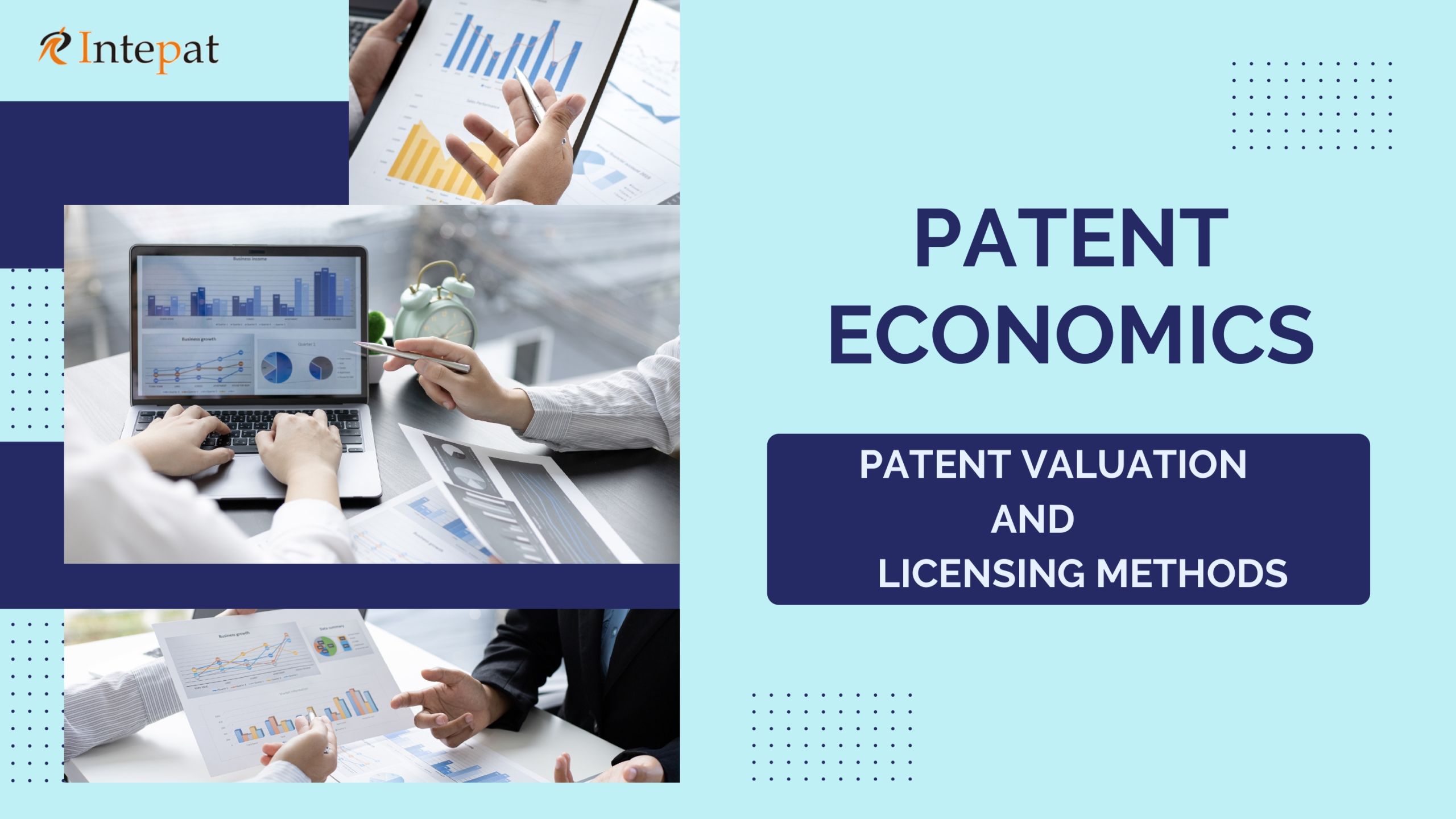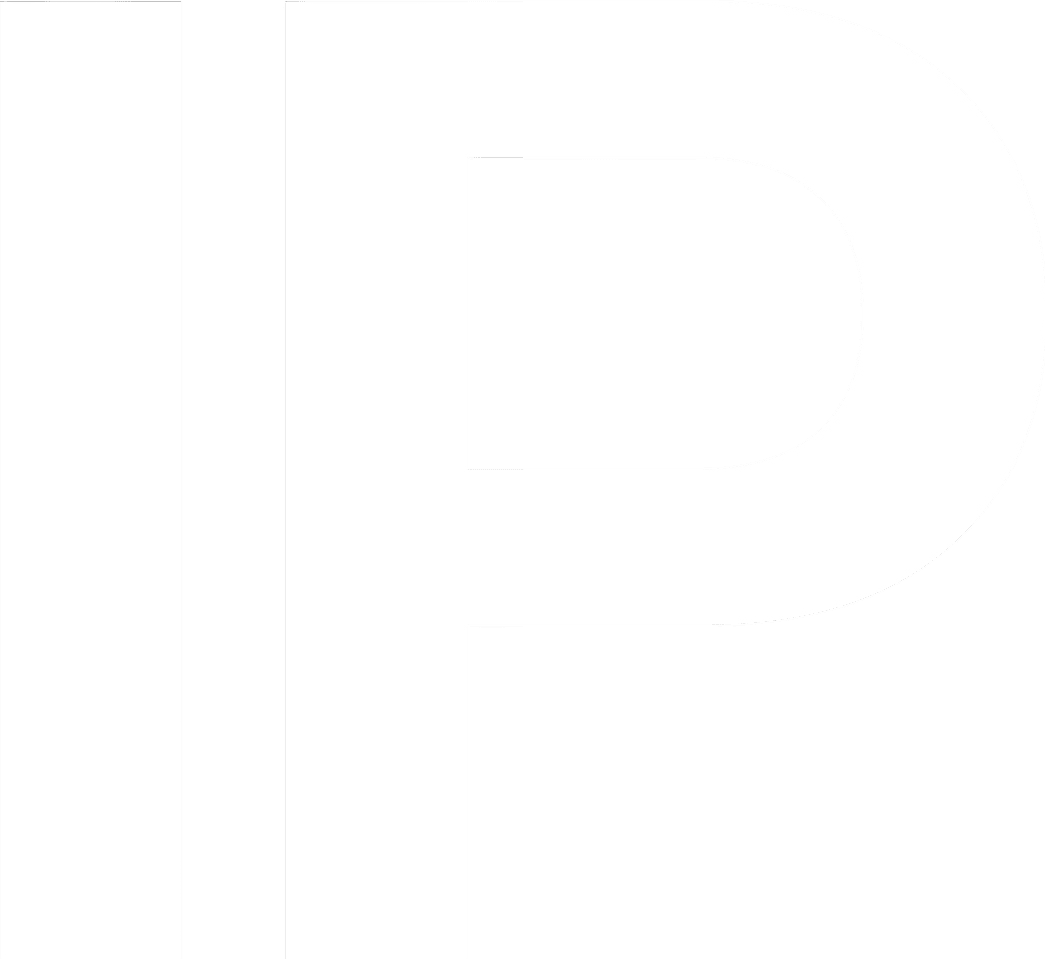
Innovations and patents are crucial for corporate success, as they provide a competitive advantage. With rising capital needs and global financial market opportunities, patents are attractive to stakeholders and investors. In order to ascertain the impact of patents on company success, it is necessary to effectively manage and assess the value of patents. This can be achieved using various methods and approaches involved in these methods. Although the costs associated with obtaining a patent can be easily calculated, accurately assessing the value of a patent needs the use of certain instruments. The multitude of methodologies, along with the lack of defined procedures they entail, leads to significant complexities in the assessment of patent values.
On the other hand licensing is a strategy used by individuals who lack resources to independently produce and promote their patented innovation. Licensees remunerate licensors for their privileges, but the ultimate ownership remains with the licensor. Royalties can be negotiated but are expected to yield a lower patent return compared to independently manufacturing and marketing. Licensing reduces risk but may restrict potential profits.
In this blog there will be a breakdown of various Patent Valuation methods and the approached involved in them while also having a brief look at the Patent licensing approaches, how you as a client can search for potential licensees, and on what basis.
Patent Valuation Methods
The patent valuation methods are primarily divided into two categories: the Praxis Methods and Academic Method.
- Praxis Methods of Patent Valuation
The Praxis Methods of Patent Valuation includes the monetary method which includes the cost and Market Approach and other methods that use an income-based approach and Indicator based approach. These methods interact with each other to complete the Praxis Method of Patent Evaluation. The Cost Approach and the Income approach interact with each other in order to figure out the future cost information that is required for patent value estimation. On the other hand, we have the market approach and the indicator based approach working together to compile the information of indicators that is required to fix a price. Once the price is fixed the income approach and the indicator-based approach interact to compute a discount rate. In order to fix a royalty rate for steps after valuation the income approach and the market approach work together.
- Academic Methods of Patent Valuation
The academic paradigm for patent valuation employs many methodologies and frameworks to ascertain the economic worth of patents, commonly classified into cost-based, market-based, and income-based methodologies.
Cost-based methodologies encompass the Historical Cost Method, which computes development expenses such R&D investments and legal charges, and the Replacement Cost Method, which approximates the cost of replacing the patent.
Market-based approaches in patent valuation consist of two methods: Comparable Market Transactions, which involves comparing the patent with similar ones that have been sold or licensed, and Auction-Based Valuation, which utilizes data from patent auctions.
Income-based approaches include the Discounted Cash Flow (DCF) Method, which involves predicting future cash flows and discounting them to their present value. Another approach is the Relief-from-Royalty Method, which estimates the value based on potential royalties.
Additionally, the Option-Based Valuation method treats patents as real options and uses financial models like Black-Scholes to determine their value. Every technique has its own benefits and constraints, and the selection depends on the specific context and objective of the appraisal.
Approaches of Patent Valuation
- Cost Approach: Patents are assessed based on their reproduction cost, which includes all expenses related to acquiring or creating a replica of the patent in question, as well as the replacement cost, which refers to the expenses involved in obtaining a similar intellectual asset with comparable purpose or function. Both of these strategies take into account the current prices. The cost categories include research and development charges, promotional costs, managerial allocation, legal fees for license and registration, and potential opportunity costs. The technique also considers obsolescence costs, such as technological, economic, and functional obsolescence.
- Market Approach: The approach determines the worth of patents by referencing open market values, specifically looking at instances when similar assets with similar uses have been bought and sold, and there is documentation of the prices at which these transactions occurred. When the asset is one-of-a-kind, it is compared based on its usefulness, technological specificity, and property. Data is gathered from various sources such as firms’ annual reports, specialized databases of royalty rates, stock prices, judicial rulings, and exclusive patent agreements.
- Income Approach: The valuation of the patent is determined by assessing the potential future advantages that would result from the invention, and then adjusting these benefits by applying a suitable discount rate.
Approaches of Patent Licensing
When a patent is licensed, a contractual arrangement is established between the patent owner (or licensor) and the individual or entity seeking to utilize and gain advantages from the invention (the licensee). The license grants the licensee the authority to manufacture or distribute the patented product, design, or technology. The patent generates revenue and royalties for both the licensee and the licensor throughout the licensing period, resulting in money for both parties. Since we have dealt with the various types of licensing we will be specifically looking at the approaches involved in deciding the type of license to be adopted.
- Carrot Approach: In this more amicable approach, the patent holder who is the potential licensor must convince the potential licensee to get a license for the patent. In this scenario, the party interested in obtaining a license has not violated the patent in question, and they have the option to decline the opportunity to obtain a license for the invention. It is the responsibility of the patent owner to persuade the potential licensee that their patent-protected product, design, or technology will bring some form of advantage, typically by aiding them in generating profits.
This approach grants the patent holder the exclusive right to offer the licensee with the necessary technical expertise. The licensee is prohibited from engaging in the manufacturing, use, sale, or commercial exploitation of the patent in a tangible manner. This form of license is beneficial for parties who desire to build a technology by utilizing or drawing inspiration from any pre-existing patented technology.
- Stick Approach: in this approach, it is already shown that the potential licensee has violated the patent in question and is utilizing the patented technology in some manner. The core element of this strategy is legal action, with the clear implication that the prospective licensee must agree to license the patent or risk being sued.
Conclusion
Innovations and Patents are essential for corporate success, offering a competitive edge in a global market with rising capital needs. Effective patent management and valuation, using various methods, are crucial for understanding their impact on company performance. While obtaining a patent involves calculable costs, accurately assessing its value requires specialized tools due to methodological complexities. Licensing is a strategic option for those lacking production resources, offering reduced risk but potentially lower returns. This article outlines the diverse patent valuation methods, both Praxis and Academic, and explores licensing strategies, providing insights on identifying potential licensees and negotiating terms.
*Written by Gayathri Sivaramakrishnan, legal Intern @Intepat IP
